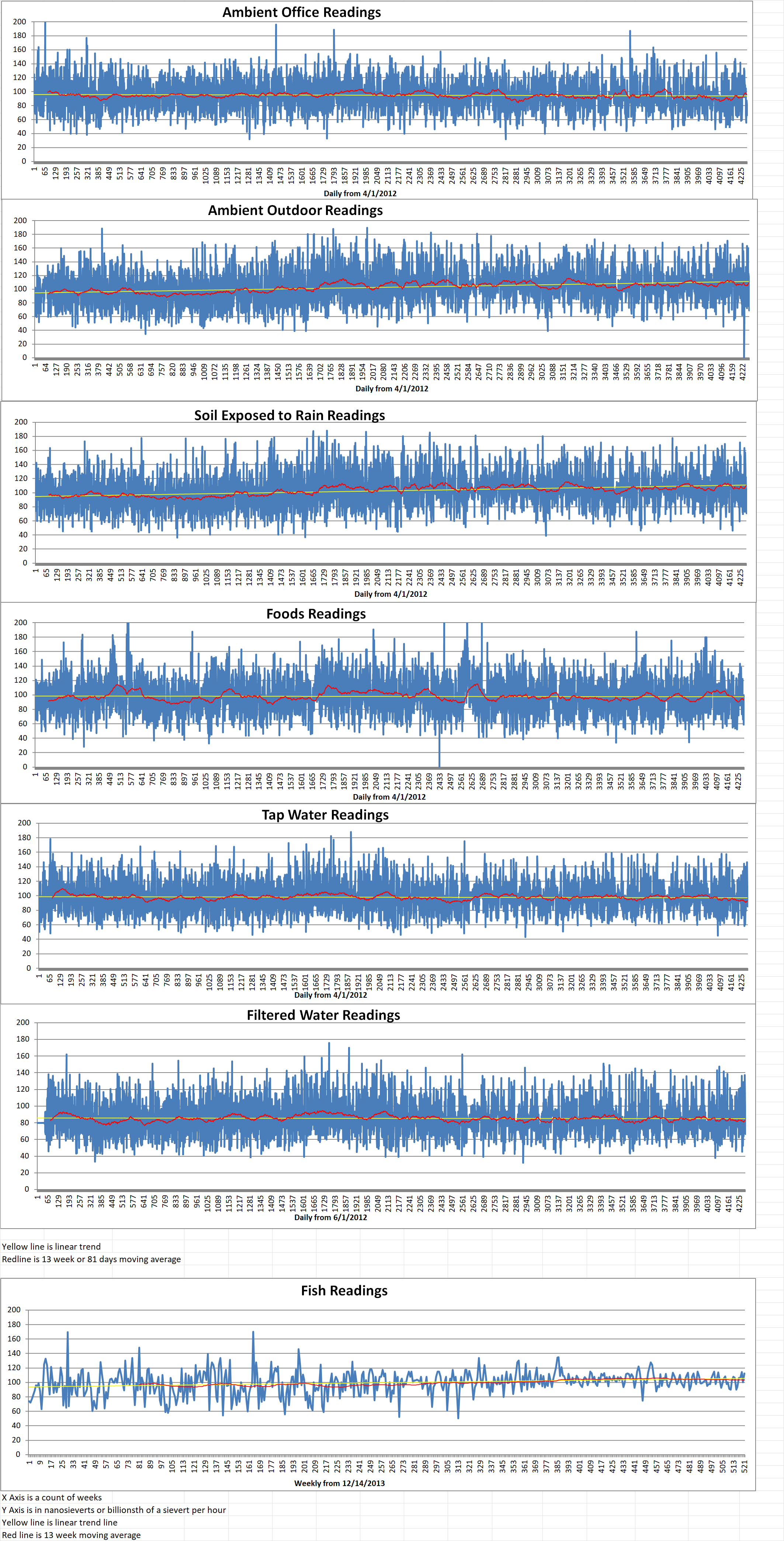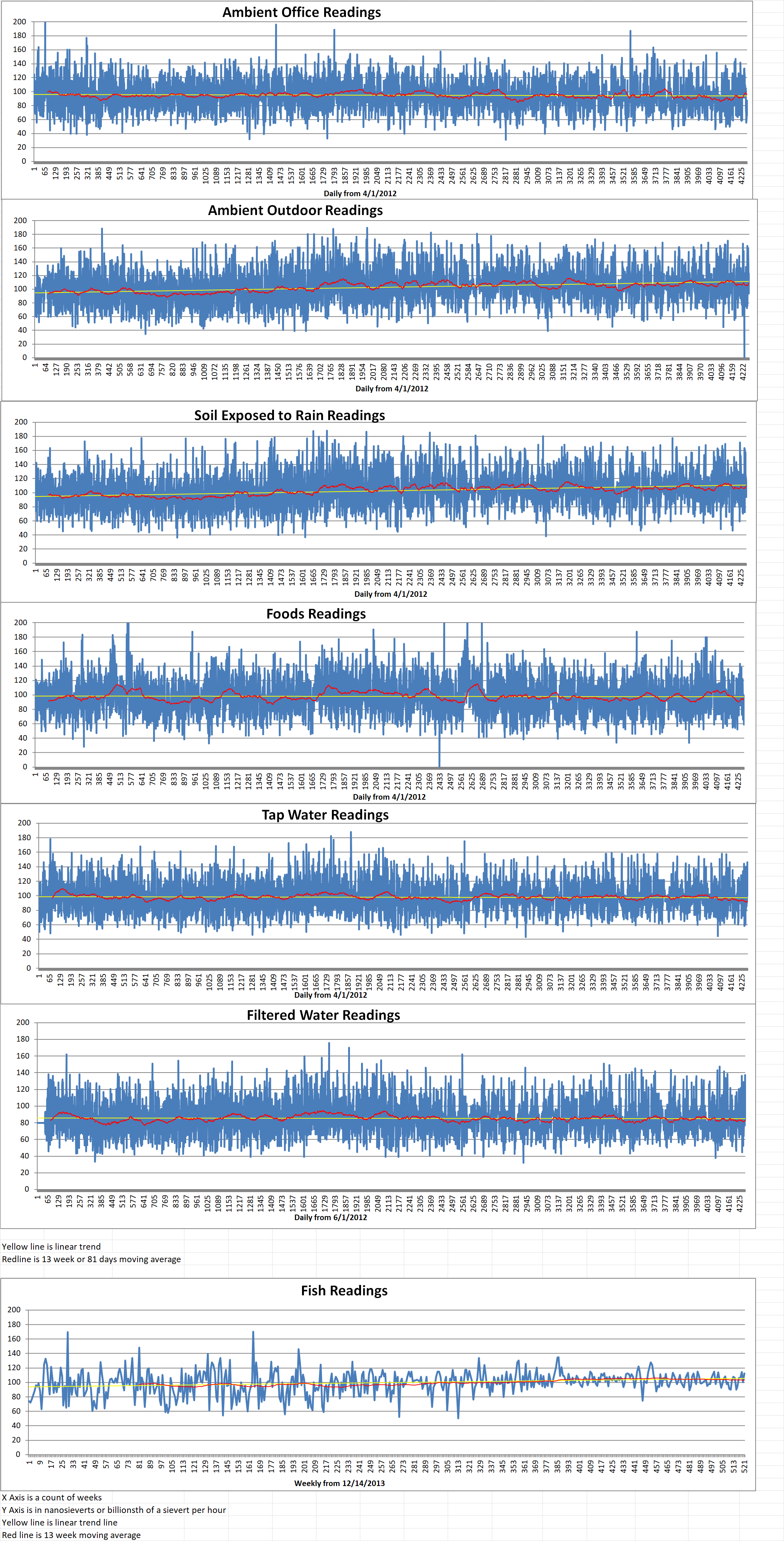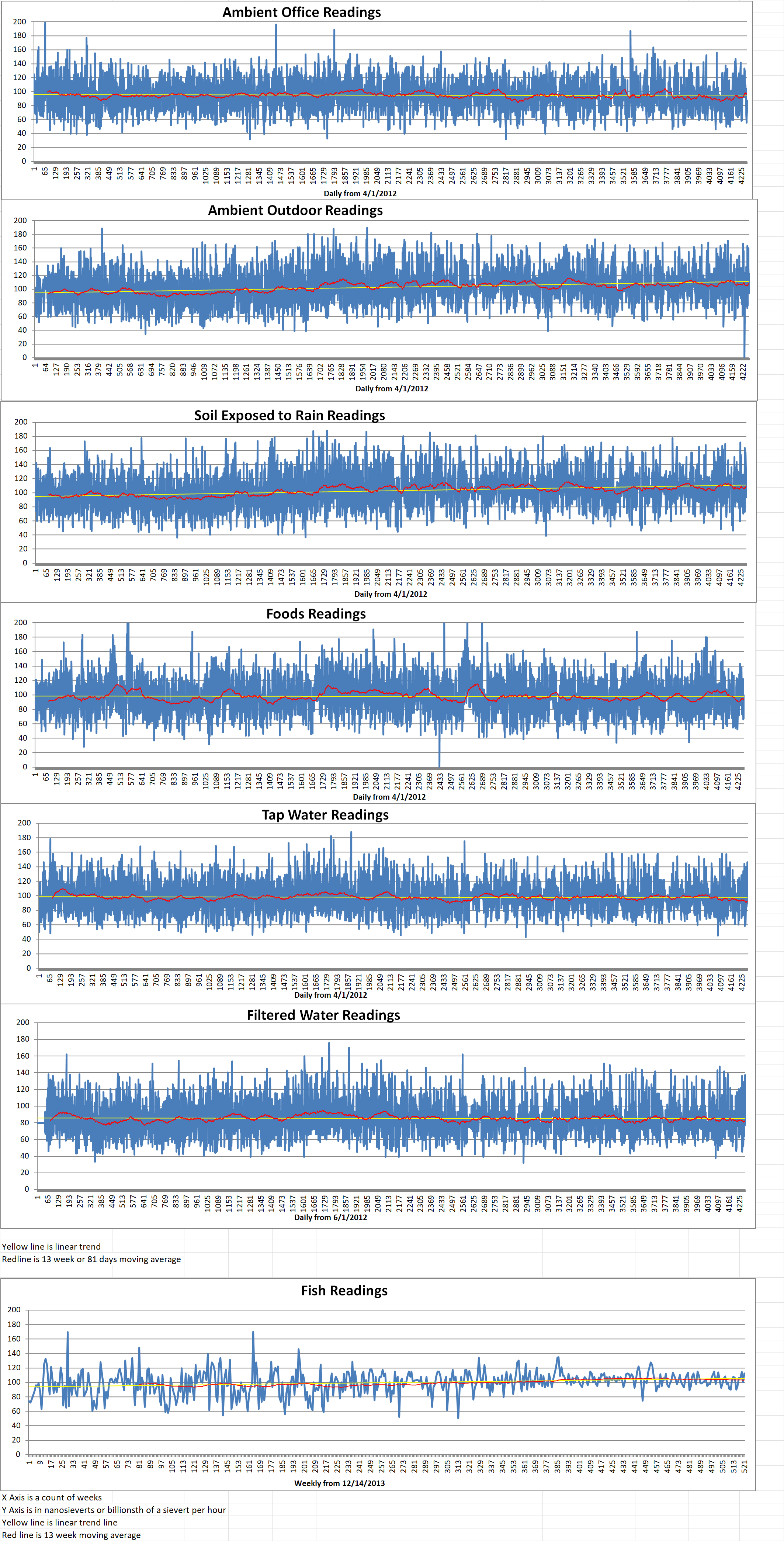Part 2 of 2 Parts (Please read Part 1 first)
The new model enhances our understanding of pedestals and brings scientists closer to achieving the greater goal of designing a fusion reactor that generates more power than it consumes.
Parisi’s second paper in the series deals with how well the EPED model aligns with the height and width of the pedestal for different plasma shapes.
He said, “Your core fusion pressure, and therefore your power, is so sensitive to how high your pedestal is. And so, if we were to explore different shapes for future fusion devices, we definitely want to make sure that our predictions work.”
Parisi began with old data from experimental discharges in NSTX and then modified the plasma’s edge shape. He discovered that changing the shape had a very big effect on the width-to-height ratio of the pedestal. Parisi also found that some shapes could lead to several possible pedestals. This was particularly true in tokamaks shaped like NSTX and its descendant, which is currently being upgraded, NSTX-U. This would give those running a fusion experiment a choice between, for example, a steep or shallow pedestal.
Parisi said, “When people came up with these pedestal models, they were trying to predict the pedestal width and height because it can change the amount of fusion power generated by a lot, and we want to be accurate. But the way that models are constructed at the moment, they only take into account plasma stability.”
Heating and fueling are two other important factors and ones that Parisi’s third paper explores. Specifically, Parisi examined certain pedestals and determined the amount of heating and fueling required to achieve it given a particular plasma shape. A steep pedestal usually requires far more heating than a shallow pedestal.
The third paper also considers how a sheared flow, which occurs when adjacent particles move at different flow speeds, can alter the pedestal height and width. Past experiments in NSTX found that when part of the interior of the reactor vessel was coated in lithium and the flow shear was strong, the pedestal became three to four times wider than when no lithium was added.
Parisi continued, “It seems to be able to allow the pedestal to continue to grow. If you could have a plasma in a tokamak that was all pedestal, and if the gradients were really steep, you would get a really high core pressure and a really high fusion power.”
Understanding the variables involved in creating a stable, high-power plasma brings researchers closer to their ultimate goal of commercial fusion power.
Jack Berkery is co-author of the published papers and deputy director of research for NSTX-U. He said, “These three papers are really important for understanding the physics of spherical tokamaks and how the plasma pressure organizes into this structure where it increases sharply at the edge and maintains high pressure in the core. If we don’t understand that process, we can’t confidently project to future devices, and this work goes a long way toward achieving that confidence.”






